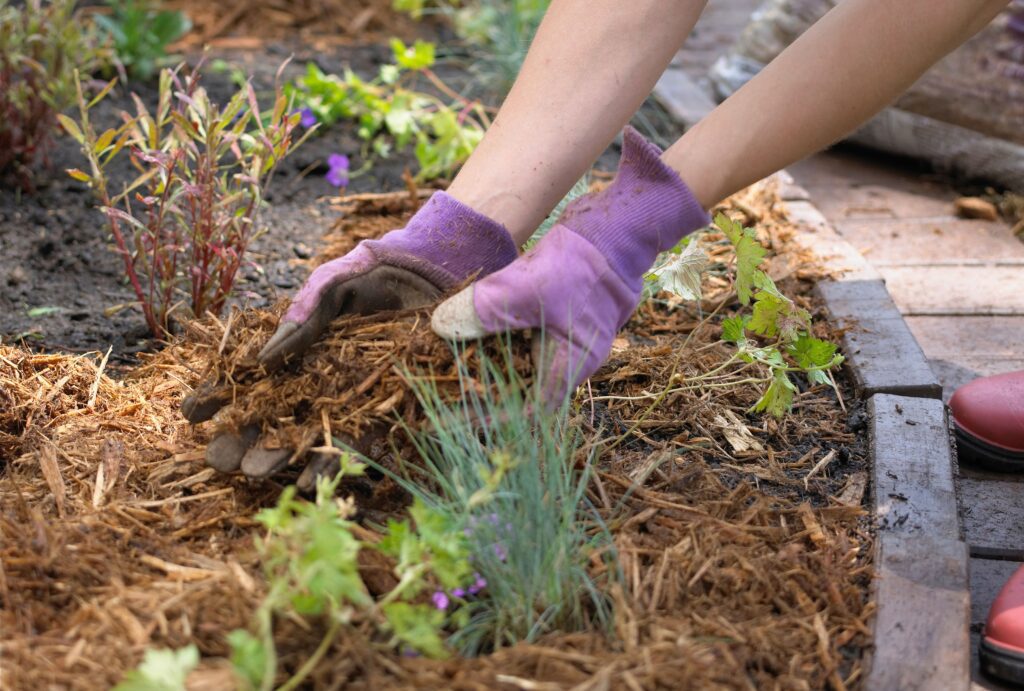Essential Pre-Summer Gardening Tasks
As summer approaches, it’s crucial to prepare your garden to thrive in the warmer months ahead. Completing specific tasks in the coming weeks can save you time and ensure your garden is flourishing when the heat arrives. Here are some essential gardening chores to consider:
1. Soil Testing
Understanding your soil’s condition is vital for successful gardening. Conducting a soil test will reveal nutrient deficiencies and the pH level, which impacts plant health. If you haven’t tested your soil in the last few years or if you’re unsure of its current state, consider using a home soil test kit or sending a sample to a laboratory. Test results will typically provide guidance on necessary amendments to optimize soil quality.
2. Tool Maintenance
To ensure your gardening tools are effective, perform a maintenance check. Sharpen the blades of shears and loppers, oil wooden handles, and inspect for damage. Additionally, service your lawn mower by sharpening its blades and changing spark plugs and oil. Don’t forget to check the functionality of power tools such as weed-whackers and leaf blowers as well.
3. Irrigation System Check
If you utilize an irrigation system, inspect it for leaks or blockages that may have developed during winter. After reconnecting and flushing the system, test it to ensure proper functioning. Setting timers appropriately will also help maintain a consistent watering schedule.
4. Planting Trees and Shrubs
This is an optimal time to plant trees and shrubs, allowing them time to establish roots before summer’s heat. If any existing young trees or shrubs require relocation, now is the perfect moment to do so. Make sure to provide adequate watering for all new plantings.
5. Pruning Spring-Flowering Shrubs
For shrubs that bloom in spring, such as lilac and forsythia, the best time to prune is immediately after flowering. This timing helps avoid removing buds for the next season. Remove any dead or damaged branches and those that cross each other to promote healthy growth.
6. Planting and Dividing Perennials
If you plan to introduce new perennials to your garden, this period is ideal for planting. Additionally, if summer and fall-blooming perennials have grown too large, consider dividing them. You can either replant the divisions in different areas or share them with friends. However, remember to wait until fall to divide spring-bloomers.
7. Fertilizing Flower Beds
Enhance your annual and perennial flower beds by applying a top-dressing of compost or a slow-release fertilizer. This will help distribute nutrients effectively through soil organisms. If your lawn receives fertilizer, nearby trees and shrubs may not need additional feeding, unless they show signs of nutrient deficiency.
8. Weeding and Mulching
Remove any weeds that have emerged in your garden beds before applying a 3-to-4-inch layer of organic mulch. Mulch serves to regulate soil temperature, reduce water evaporation, and suppress weeds. As it decomposes, it further enriches the soil while providing an aesthetically pleasing look to your garden.
9. Hardscape Repair
Inspect hardscape features like fences, decks, and trails for winter damage. Repair as necessary and apply paint, sealant, or stain when needed. Check any stepping stones that may have shifted and readjust, as well as the edges of your garden beds for any misalignments.
10. Container Gardening
Before planting in containers, ensure they’re clean and ready for new soil. Remove any old soil and wash the containers using mild soap. Once cleaned, fill them with fresh potting mix and plant as soon as weather permits to maximize enjoyment of your container gardens.
11. Cleaning Bird Feeders and Baths
To promote a healthy environment for birds, remove old seed from feeders and wash them in a mild bleach solution. Apply the same cleaning method to bird baths. Regular maintenance will encourage birds to visit your yard, so be sure to refresh the water in baths at least weekly.


